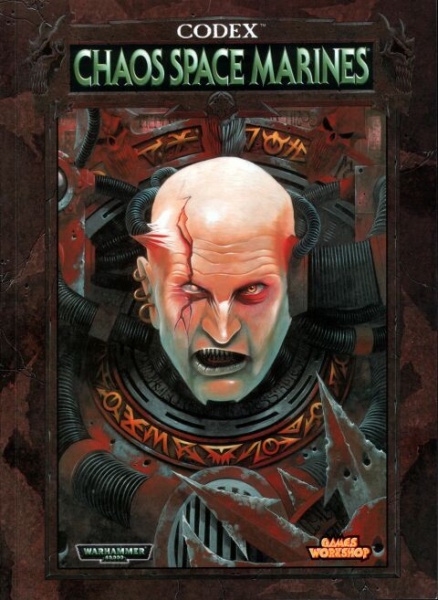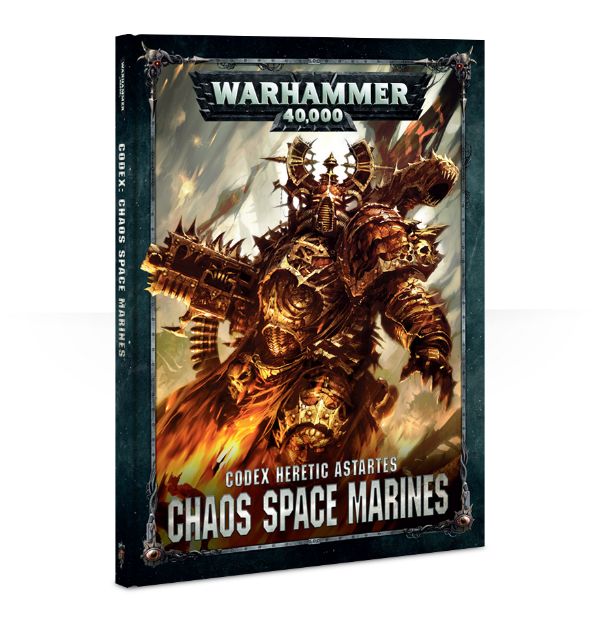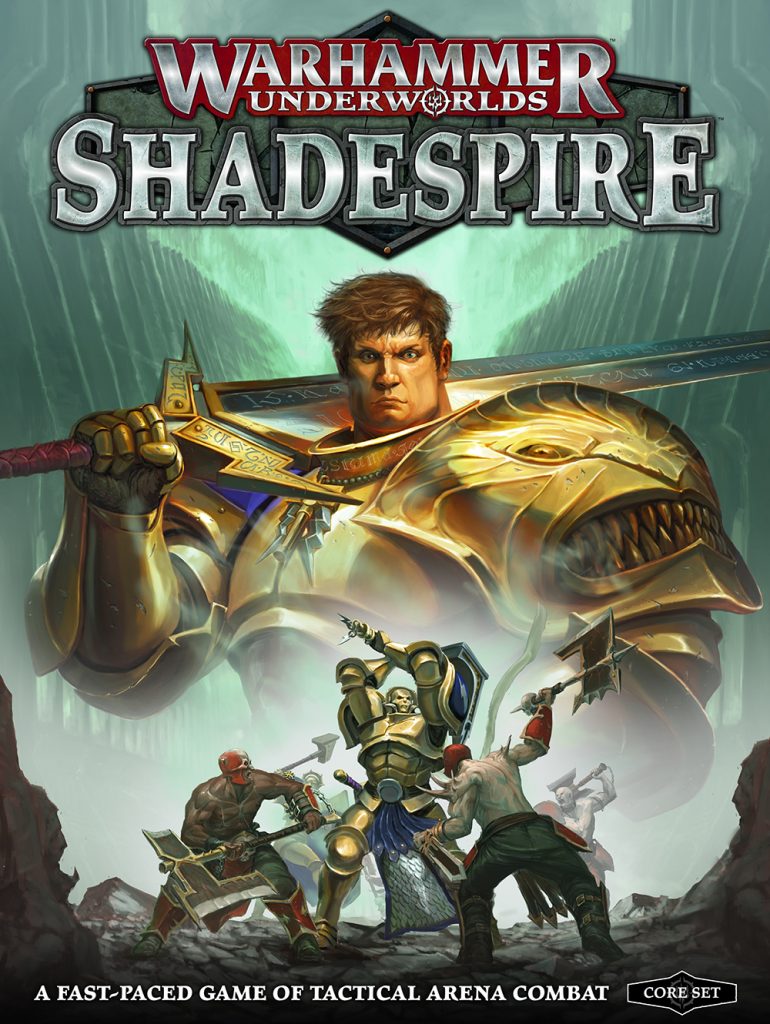Complex Rules: We Lie About What We Want
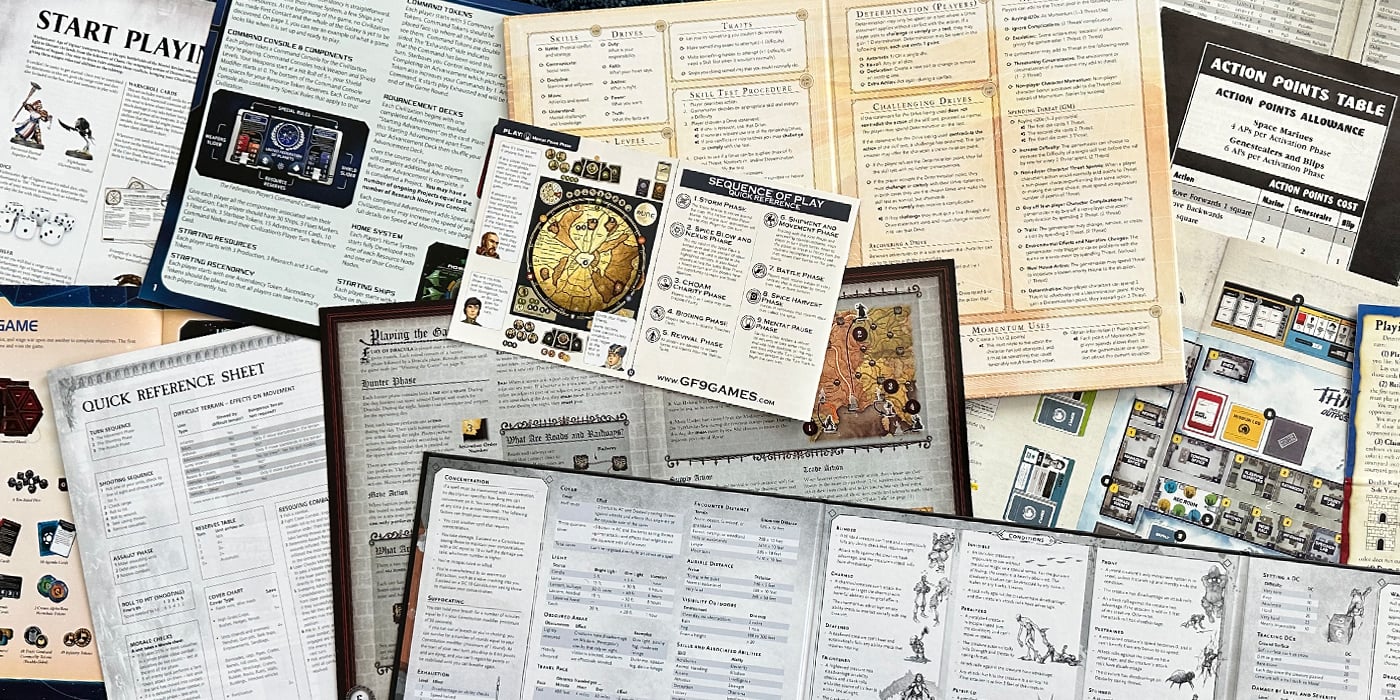

We all clamor for ever more perfect rulesets for our preferred wargames. But what manufactuers are giving us doesn’t match what we say we want.
Today lets talk about complexity of rulesets, and take a bit of a walk down both memory lane and the present. There is always talk about what a “perfect ruleset” looks like and even within a single game we can see different designer’s takes on the same subject matter.
Lets break this subject down into the three broad categories of complexity levels, using just three incarnations of the Chaos Space Marines codex as (imperfect) examples.
Streamlined Rules
With these, the designer is purposely emphasising speed of play, and efficiency of design. A certain degree of granularity and detail is purposely removed, and only differences of medium to major sizes would warrant specific rules. Pains are taken to test out the “little fiddly bits” that add complexity for its own sake, often to the detriment of play and effect of game outcomes. You could see this in the 1999 3rd Edition Mini Chaos Marines Codex (as well as all the other of that set of quickly produced codices). You can certainly see this in the 4-page core Age of Sigmar 1st Edition rules, or X-Wing.
Middleground Rules
This concept sees the designer striking a middleground between the Streamlined and Detailed ruleset concepts. Minor differences in equipment and units will be represented by rules, but still the desire to remove “fiddly bits” rules that have very little impact on game outcomes remains. The general mantra is one of representing variety in the rules, but making sure it influences gameplay in a meaningful way. This balanced approach can be seen in many of the most current 8th Edition codices, including the current Chaos Marine codex (it really falls between the middleground and streamlined approaches). I’d place Warmachine in this bucket as well.
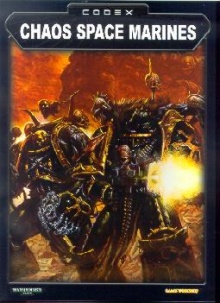 Detailed Rules
Detailed Rules
This concept sees the designer moving closer to a “simulation” model. The desire to model not only minor differences in units and equipment, but also subtle and complex interactions of equipment and actions are added in. Abstraction is avoided, and rule mechanics that give a more “detailed” result are desired, even if they effect game outcomes in a very minor way. This approach can be seen in the legendary 3.5 Edition Chaos Marine codex (and for that matter almost every codex from 2nd edition). You can also see this type of approach with Infinity.
Fun and Examples
In theory any of these can be designed to yield a fun game experience, and problems only arise when a set of armies for a single gamesystem has more than one of these approaches between them. Even more interesting is that in the present of wargaming in 2018, we are seeing the major manufacturers all moving towards more and more streamlined and faster playing games.
On the other hand, the conventional wisdom of gamers is that complexity is good and a very common complaint levied at rulesets is that they are “dumbed down” or made for beginners. Maybe it’s just typical gamer grousing, but if you look back across the past 5 years in the industry it’s striking to see almost every single company putting out every smaller and streamlined rules. Here’s just a quick list:
- 40k
- X-Wing
- Warmachine
- Malifaux
Then note the avalanche of super fast playing skirmish games everyone is flooding the Tabletop market with. Think of items like Shadespire, Kill Team and Aresteia.
About the only example I can find of a major game system ADDING complexity was Age of Sigmar’s 2nd Edition core rules. But I think everyone agrees that 1.0 had gone too far in the simplified direction. That tell me two things:
- Manufacturers are producing every more simplified games because they are selling.
- Perhaps gamers like to say we want more and more complexity – but we buy and play something else entirely…
~So at the end of the day my question to you is simple – What do you prefer and why? And what do you think explains the disconnect between may many gamers say they want and what the big companies are putting out into the market?

